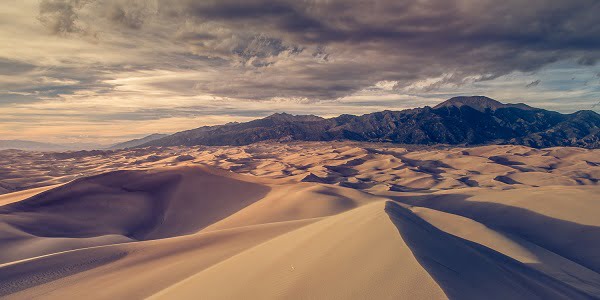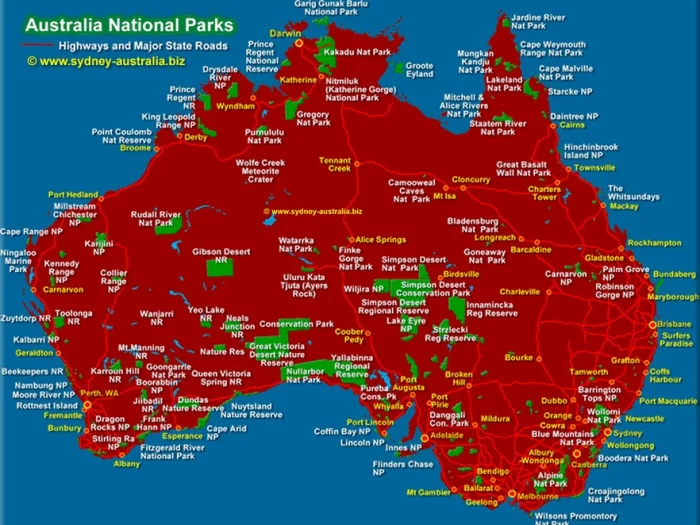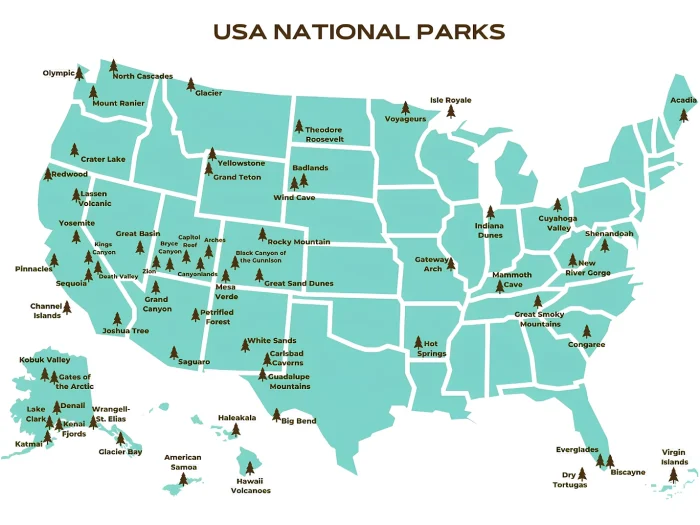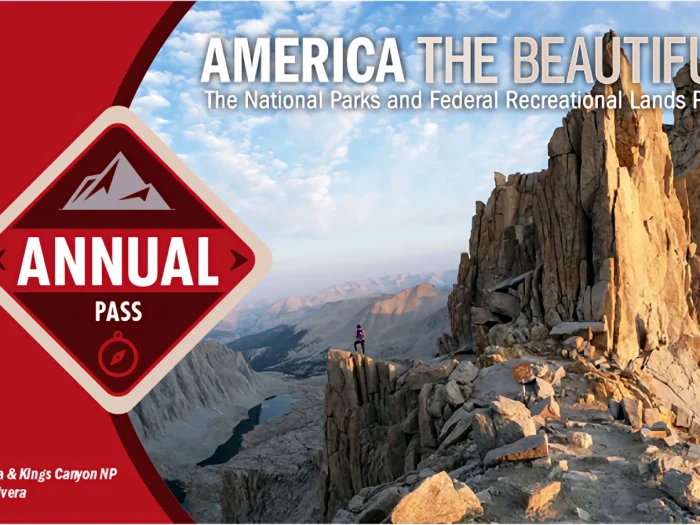Welcome to Great Sand Dunes National Park
Welcome to the Great Sand Dunes National Park Information Page.
Here you will find all you need to know about the natural history of the park.
Learn about the geology, trees, mammals, birds, or other plants and wildlife of the area.
Great Sand Dunes National Park and Preserve is one of the most biologically and geologically diverse parks in the United States.
Getting There
Great Sand Dunes National Park is located 35 miles northeast of Alamosa, Colorado, reached by U.S. 160 and Colorado 150 from the south, or from Colorado 17 and County Lane 6 from the west.
The closest airport to Great Sand Dunes National Park is the San Luis Valley Regional Airport (ALS) at Alamosa, Colorado.
By car: From Denver, Colorado Springs, or Pueblo, the fastest route is south on I-25 to Walsenburg, west on US 160, north on state highway 150. For a more scenic drive from Denver or Colorado Springs, you may also get on US 285 south, then state highway 17 south, then County Lane 6 east. From Albuquerque, drive north on I-25 to Santa Fe, then north on US 285 to Alamosa.
By air: Commercial air service is available to a small airport at Alamosa, Colorado. Colorado Springs and Denver are served by many commercial airlines. Rental cars from major rental companies are available at airports in Colorado Springs and Denver. Rental cars may be available in Alamosa: call L&M Auto Rentals at 719-589-4651.
By bus: There is no public transportation to the park itself, but Greyhound Bus Lines serves Alamosa and Blanca, Colorado. Call 800-231-2222 for fare and schedule information.
Geology of Great Sand Dunes National Park
During the Paleozoic Era, over 500 million years ago, shallow seas and river systems deposited sedimentary materials throughout the region. Eons later, pressures from within the Earth pushed the landscape high above sea level, limiting sedimentary deposition and leaving a gap in the region’s Mesozoic record. Around 40 million years ago, an arid landscape dominated where rivers and intermittent lakes emerged and subsided upon the land. Recurring lava flows poured onto the landscape about 34 million years ago from volcanic vents in the San Juan mountains, creating a subsurface layer that geologists call the Conejos Formation. Rapid uplift of the Sangre de Cristo Mountains began about 19 million years ago. Rifting associated with the uplift widened the valley and caused its floor to drop significantly. (This process continues today.) Around five million years ago, a new series of volcanic activity rocked the region, at times damming rivers that flowed out of the southern half of the San Luis basin. The Pleistocene began 1.8 million years ago as climate changed globally. Glaciers grew in mountain valleys, some pouring ice and rock far into the San Luis Valley. Many scientists consider the Pleistocene to be the period in which dune formation began in the San Luis Valley. Only about 12,000 years ago, a warming climate melted many glaciers worldwide and signaled the end of the Pleistocene. Large quantities of silt, gravel and sand were carried by rivers and streams into the San Luis Valley. Today, the rivers and creeks continue to transport sediment into playa lake systems which are sources of sediment for dune-forming winds of the San Luis Valley.
Hydrology
Originating as snow on 13,000′ peaks, Medano and Sand Creeks cascade first into high lakes situated at timberline, then flow through dense spruce and fir forest, beaver meadows dotted with mountain wildflowers, large aspen and cottonwood groves, ponderosa forest, massive dunes, and spacious desert grasslands. The water seems to disappear in the sand—only to reappear as ponds and verdant wetlands on the west side of the dunes. At only a few places in the world can one experience “surge flow”, a stream flowing in rhythmic waves. Three elements are needed to produce the phenomenon: a steep enough grade to give the stream a higher velocity; a smooth, mobile surface with little resistance; and sufficient water to create surges. In spring and early summer, these elements combine to make waves at Great Sand Dunes. As water flows across sand, sand dams or ‘antidunes’ form, gathering water. When the water pressure is too great, the dams break, sending down a wave. In wet years, waves can surge up to a foot high! At only a few places in the world can one experience “surge flow”, a stream flowing in rhythmic waves. Three elements are needed to produce the phenomenon: a steep enough grade to give the stream a higher velocity; a smooth, mobile surface with little resistance; and sufficient water to create surges. In spring and early summer, these elements combine to make waves at Great Sand Dunes. As water flows across sand, sand dams or ‘antidunes’ form, gathering water. When the water pressure is too great, the dams break, sending down a wave. In wet years, waves can surge up to a foot high!
Ecology
Great Sand Dunes National Monument and Preserve encompasses a stunning diversity of life zones—journey from sand to alpine areas, all within a day’s hike! Climb from the arid sabhka and sand sheet of the valley floor, past the dunes and into piñon-juniper woodland, through shaded montane forest and finally onto the cool tundra of 13,000 foot mountain peaks.
Common Birds: Mourning Dove, Common Nighthawk, Northern Flicker, Western Wood-Pewee, Warbling Vireo, Horned Lark, Violet-green Swallow, Mountain Chickadee, Red-breasted Nuthatch, White-breasted Nuthatch, Pygmy Nuthatch, Golden-crowned Kinglet, Western Bluebird, Hermit Thrush, Sage Thrasher, Yellow Warbler, Yellow-Rumped Warbler (Myrtle), Western Tanager, Green-tailed Towhee, Chipping Sparrow, Brewer’s Sparrow, Vesper Sparrow, Dark-eyed Junco (Oregon), Western Meadowlark
Mammals: Pronghorn, Bighorn Sheep, Pika, Marmot, Black Bear, Mountain Lion, Wolverine, Ord’s Kangaroo Rat, Rocky MOuntain Elk, Bison, Water Shrew, Prairie Dogs, Mule Deer, Jack Rabbits, Beaver, Weasels, Pine Martens, Coyotes, Bobcats
Cultures
Human Beings have known about, visited, or lived near the Great Sand Dunes for a long, long time. The oldest evidence of humans in the area dates back about 11,000 years. Some of the first people to enter the San Luis Valley and the Great Sand Dunes were nomadic hunters and gatherers whose connection to the area centered around the herds of mammoths and prehistoric bison that grazed nearby. Although we don’t know the names or the languages of those earliest people, modern American Indian tribes were familiar with the area when Spaniards first arrived about 400 years ago. The traditional Ute word for the Great Sand Dunes is sowapophe-uvehe, “The land that moves back and forth.” Jicarilla Apaches settled in northern New Mexico and called the Dunes ei-anyedi, “it goes up and down.” The first known writings about the Dunes appear in Zebulon Pike’s journals of 1807. As Lewis and Clark’s expedition was returning east, U.S. Army Lt. Pike was commissioned to explore as far west as the Arkansas and Red Rivers. Gold and silver rushes occurred around the Rockies after 1853, bringing miners by the thousands into the state and stimulating mining businesses that operate to this day. Numerous small strikes occurred in the mountains around the San Luis Valley. The idea that the Dunes could be destroyed by gold mining or concrete-making alarmed residents of Alamosa and Monte Vista. By the 1920s, the Dunes had become a source of pride for local people and a potential source of tourist dollars for local businesses. Members of the Ladies PEO sponsored a bill to Congress asking for national monument status for the Great Sand Dunes. Widely supported by local businesses and Chanbers of Commerce, the bill was signed into law in 1932 by President Herbert Hoover.
Great Sand Dunes National Park and Preserve is open 24 hours a day, all year. In winter, the Visitor Center hours are 9:00 a.m. to 4:30 p.m. daily, except for federal holidays, when the building is closed. In spring and fall, the Visitor Center is generally open 9-5; longer hours may exist as staffing permits. Summer hours at the Visitor Center are generally 9-6. Call ahead at (719)378-6399 for specific hours on the days you plan to visit.
Entrance fees
- Private Vehicle: $25
This fee covers all passengers in a single, private, non-commercial vehicle and is valid for 7 consecutive days. - Motorcycle: $20
This fee is for one or two passengers on a single motorcycle and is valid for 7 consecutive days. - Per Person: $15
This applies to walk-ins, bicyclists, or passengers in non-commercial groups. It’s valid for 7 consecutive days. - Annual Pass: $45
This pass provides unlimited entry for one year to Great Sand Dunes National Park and Preserve for the pass holder and passengers in a single, private non-commercial vehicle.
To update entrance fees you visit here
Pets may go anywhere outdoors in the park and preserve, as long as they are kept on leashes at all times to protect wildlife and respect other visitors. Cleaning up after pets is required. Pet safety: Summer sand can blister paws; extreme dune heat (it’s much hotter closer to the surface of the sand) can cause heat exhaustion or stroke. Pets left in vehicles without adequate ventilation can succumb to suffocation. Rolling the windows down a little does not provide adequate ventilation. When the outside temperature is 85*F the temperature in the vehicle can climb to 120*F in 30 minutes!
Things to do at Great Sand Dunes National Park
Visitors to the park can enjoy a variety of attractions, both while hiking or checking out the visitor center.
- Explor the changing terrain, desert to forest to tundra
- Head into the sand dunes to search for animal and insect tracks
- Play in the cooling waters of Medano Creek during wet years
- Peek at the informative exhibits or 20 minute film at the visitors center
- Attend a terrace talk or nature walk during summer months
- Bring a picnic lunch and enjoy awesome views of the dunes from the picnic area
- Hike the Montville Nature Trail, a mile jaunt beginning at the Mosca Pass Trailhead Parking Area
- At night, wander the dunes in search of giant sand treader camel crickets or kangaroo rats
- During the day, watch for coyotes, mule deer, pronghorn, ground squirrels, and chipmunks
- Consider a walk on the dunes around sunset; what better way to watch the closing of the day than from a dune ridge line?
- Hike the Mosca Pass trail, which winds up Mosca Canyon and the national preserve
- On a hot summer day, hike to nearby Zapata Falls
- Camp in the Pion Flats Campground, and attend a summer evening program at the amphitheater
- Camp overnight in the dunes or backpack to a forested site near the dunes
Hike
Explore any part of the 30 square mile dunefield you wish; there are no designated trails in the sand. A dunes–accessible wheelchair is available for free loan at the Visitor Center. In summer months, plan to hike the dunes in morning or evening to avoid hot sand. The following are just a few of the hiking routes available, in addition to exploring the alpine wilderness, grasslands, and wetlands areas of the park.
The Tallest Dunes
The “High Dune” is neither the highest in elevation nor the tallest in the park, but it looks that way from the main parking lot. It is about 650 feet (198 m) high. Cross the flats and zigzag up the ridgelines to reach it. The 360 degree view is inspirational. From High Dune, the skyrising dune you see to the west is the spectacular Star Dune, rising 750 feet (229 m). It is the tallest dune in North America. To reach it from High Dune, journey another mile and a half up and down across the dunes to its summit.
Eastern Dune Ridge
By high clearance 4WD vehicle, drive to Sand Pit or Castle Creek Picnic Areas. Or, with 2WD vehicle, drive to Point of No Return, then hike 1/2 mile (1K) to Sand Pit. Castle Creek offers an impressively tall, steep dune face. Both areas have close access to Medano Creek, which usually flows through autumn in this area.
Montville Nature Trail
In summer, keep this hike as an option for afternoon as an escape from the heat of the dunes. Walk along a shady forested trail named for a late 1800s settlement, comprising 20 houses in its heydey. Rest near the trail’s highpoint, where you’ll find outstanding views of Mt. Herard, the dunes and the valley.
Mosca Pass Trail
This trail follows a small creek to the summit of a low pass in the Sangre de Cristo mountains, winding through aspen and evergreen forests. Allow 2-3 hours to reach the pass; the trail is 3 1/2 miles (5.7 km) one way. Indians and early settlers used this route for travel into the valley.
Dunes Overlook/Sand Ramp Trail
For a view of the dunes from the foothills of the Sangre de Cristos, begin hiking the Sand Ramp Trail in Loop 2 of the campground. Scenery abounds in all directions. Although only two miles round trip to the overlook, this trek can be extended, as the Sand Ramp trail continues for 11 miles total around the eastern and northern perimeter of the dunes.
Medano Lake and Mount Herard
This trailhead is accessed from the Medano Pass 4WD road. Beginning at 10,000’ elevation, the trail climbs 2000’ through lush meadows and forests, ending at an alpine lake just above timberline. For advanced hikers, continue on to the summit of 13,297’ Mount Herard for a spectacular aerial view of the dunes.
Weather of Great Sand Dunes National Park
- Spring at Great Sand Dunes can mean anything from warm sun and mild spring temperatures to chilly winds or blizzards – sometimes in one day! At this 8200′ (2470 m) elevation, be prepared. Have clothing available for a warm, calm day splashing in the water, but also for snowy or windy conditions if needed.
- Summer temperatures at this 8200′ (2470 m) elevation average in the 80s F., with lows at night averaging in the 40s F. July and August can bring heavy afternoon rainstorms with lightning.
- Fall at Great Sand Dunes can mean anything from warm sun and mild fall temperatures to blizzards – sometimes in one day! At this 8200′ (2470 m) elevation, be prepared for any conditions. Typically, however, fall days are sunny with highs in the 60s to 70s F. and lows in the 30s F. Fall colors generally peak in late September to early October.
- Winter at Great Sand Dunes offers solitude, natural quiet, and incredibly clear day and night skies. Days are generally sunny and chilly, and the sand may even feel warm in the intense alpine sun. But be prepared for any winter conditions at this 8200′ elevation, including blizzards and subzero temperatures at night.





